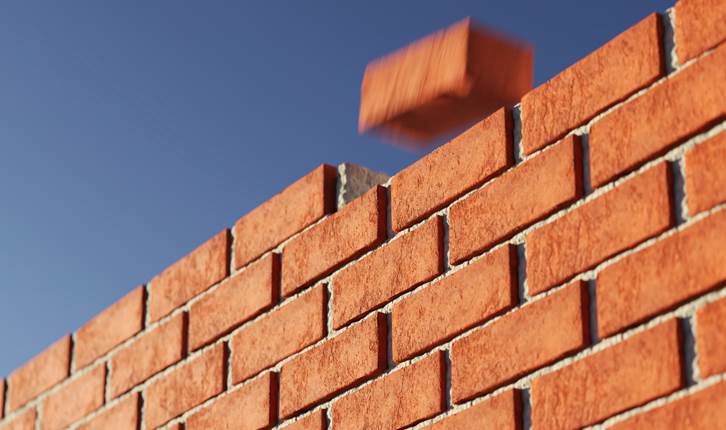In construction, the choice of the architects in Chennai, among clay bricks and concrete blocks can affect the sturdiness, aesthetics, and cost of the project. Here, we discover the important differences and benefits of each.


Clay brick is produced by mixing clay with water. It is hardened by sun drying or using industrial ovens which increases lifespan and strength.
Brick walls served as the structure, weather barrier, soundproofing and sometimes the interior finish of a structure.
The color of brick is given by the color and type of clay that is mixed. Clay tends to keep the color and aesthetic look much longer than cement.
Advantages:
- Aesthetic Longevity: The natural color of clay bricks stays colorful over time.
- Fire Resistance: Clay bricks provide great fireplace resistance, enhancing the protection of buildings.
- Low Maintenance: They require minimal preservation, making them cost-effective in the end.

Concrete blocks or Solid Blocks is a solid unit produced by combining cement and water. It is used for larger constructions which is in need of fire resistance. Blocks are inexpensive compared to clay bricks, but very strong compared to bricks.
Concrete block comes in many shapes – from squares and triangles to octagons and trapezoids. Clay brick is limited to traditional shapes like rectangles. Concrete can also be stamped or textured to provide unique visual attraction.
Blocks present better quality and are large in dimension which makes work complete quicker. Construction of blocks are much faster which saves time and cost. It provides less workload on site.
Solid Blocks are not advisable for partition walls in building due to its heavy weight. Suggested for base structure because of its steadiness and load bearing capacity.
Advantages:
- Durability: Concrete blocks are regarded for their power and load-bearing capacity, making them ideal for base structures.
- Cost-Effective: They are generally less luxurious than clay bricks, making them a budget-friendly choice.
- Versatility in Design: Available in several shapes, concrete blocks can be stamped or textured for particular visual enchantment.
Choosing between clay bricks and concrete blocks depends on the unique requirements of the development project. For conventional aesthetics and fire resistance, clay bricks are ideal. However, for durability, versatility, and price-effectiveness, concrete blocks are the preferred choice for many civil contractors in Chennai for many of their projects. Understanding those differences can assist developers and architects make informed choices that align with their desires.
| Parameters | Clay Brick | Concrete Block |
|---|---|---|
| Also Known As | Red Bricks, Chamber Brick, Table Mould Bricks | Cement Blocks, concrete blocks, masonry blocks |
| Materials Involved | Soil, Sand, Lime or other Concrete materials | M Sand, Portland Cement, and Coarse Aggregates |
| Weight (Kgs) | 3 Inch = 3 - 3.5 Kgs 6 Inch = 4.5 - 5 Kgs |
4 Inch = 17.5 - 18.5 Kgs 6 Inch = 25 - 26.00 Kgs 8 Inch = 34 - 35 Kgs |
| Advantages | No maintenance cost, fire resistant | More durable, increase in steadiness and is capable of carrying more loads |
| Colour | Red | Grey |
| Load Capacity | Yes | Yes |